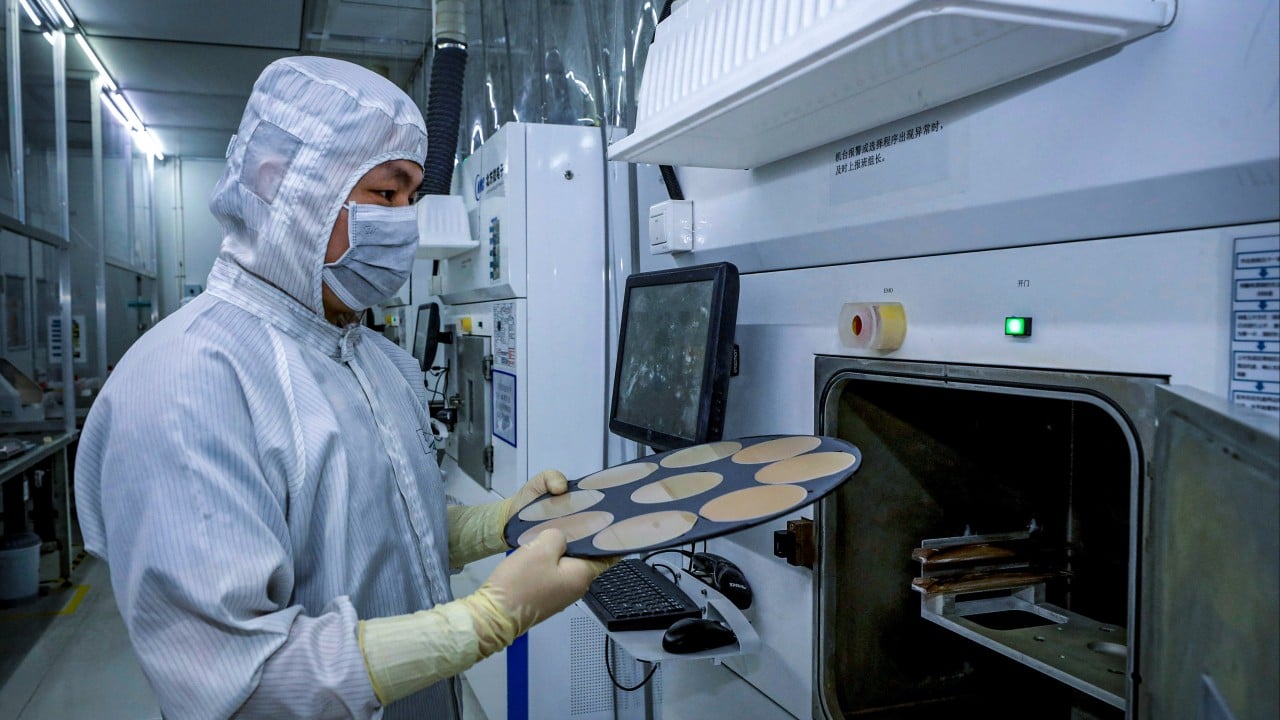Beijing has expanded export controls on rare earths. The latest move requires foreign buyers to obtain a Chinese export licence and extends controls to foreign-made products that use rare earths or technology from China.
Advertisement
Washington shot back with threats of sweeping tariff hikes. Markets shuddered and supply-chain chiefs braced.
The stakes are systemic. China wields a chokepoint through its dominance in processing of rare earths and manufacture of magnets; the US wields the world’s most powerful sanctioning and standard-setting apparatus. Each is testing how far the other will bend.
For decades, the world largely operated on a de facto “one system”: a US-centric tech order built around Microsoft’s Windows and Office, Google Search and Android, Apple’s iOS and the App Store, hyperscale clouds like Amazon Web Services, Nvidia’s graphics processing units (GPUs), Intel’s x86 and electronic design automation platforms like Synopsys and Cadence. These systems were the default for software, chips and standards.
China’s rise strains every joint in that architecture. DeepSeek has pushed capable, low-cost reasoning models, proving that price-performance competition is no longer one-sided. Huawei’s HarmonyOS NEXT is shifting to supporting home-grown apps and is expanding across China’s device ecosystem.
Advertisement
Most recently, SiCarrier unveiled new products at Semicon China 2025, rivalling the chokepoints held by the likes of ASML and Applied Materials, signalling that even the semiconductor parts supply chain is not off-limits.

